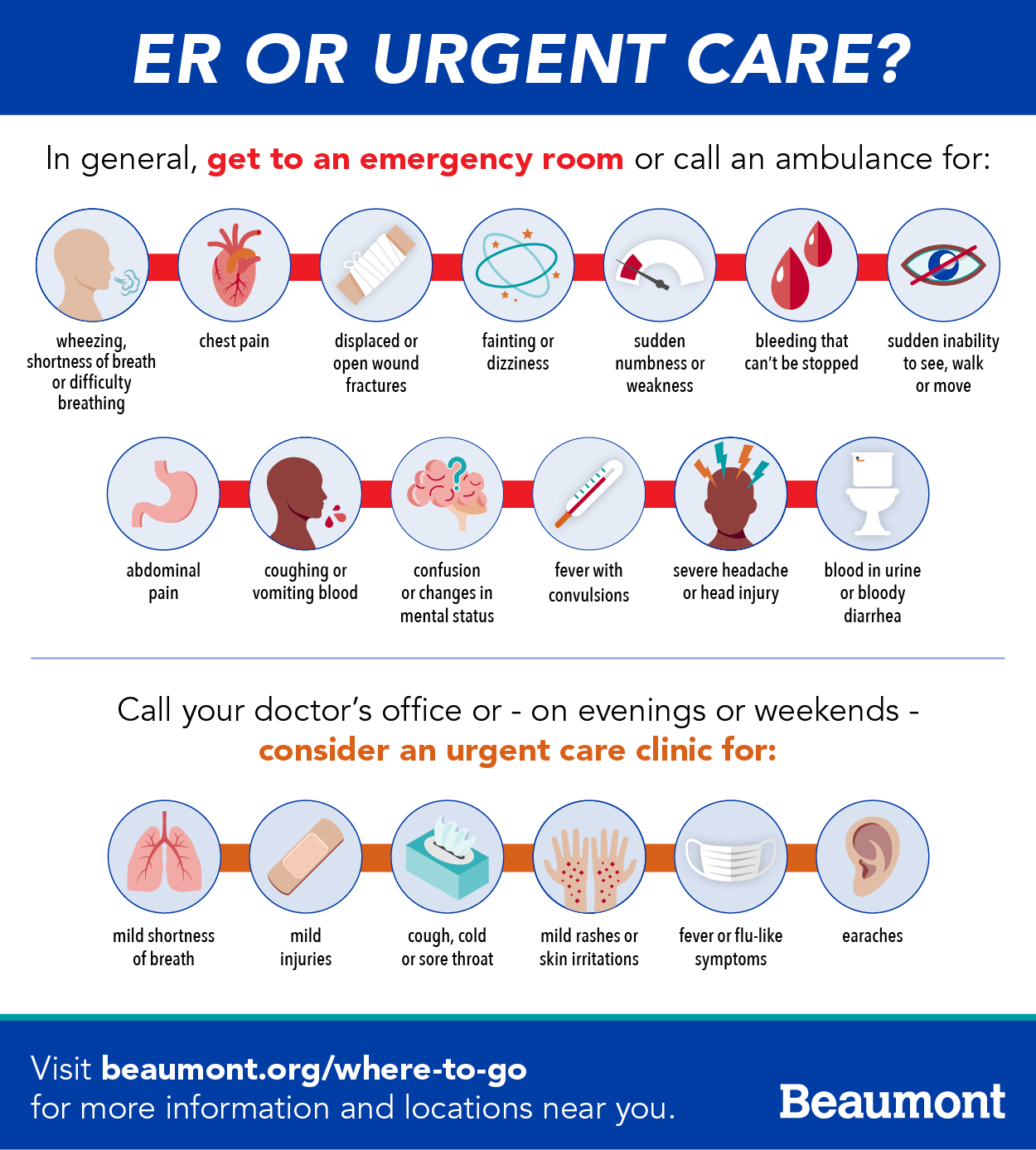
 https://www.chicagotribune.com/resizer/fiK4yteYKWBdPECuHOm9Dikei7g=/800x566/top/cloudfront-us-east-1.images.arcpublishing.com/tronc/L43OFESNLBCLPLLL6UAYKDXQHA.jpg
https://www.chicagotribune.com/resizer/fiK4yteYKWBdPECuHOm9Dikei7g=/800x566/top/cloudfront-us-east-1.images.arcpublishing.com/tronc/L43OFESNLBCLPLLL6UAYKDXQHA.jpg
 As two fellow frontline hospital employees, we have realized how dirty hospitals can actually be. A study done by the University of Michigan reported that roughly 14% of the 399 hospitals they tested, patients tested positive for antibiotic-resistant bacteria. The bacteria was said to be on the hands and nostrils in early hospital visits. In the hospitals, housekeeping does the best they can to try and clean contaminated rooms and high-traffic areas but unfortunately, they do not always get every microbe. Unclean rooms can lead to more hospital-acquired infections which can be fatal in some cases. In a John Hopkins study, it was found that roughly “ 26 percent of supply cabinets were contaminated with a dangerous bacterium, methicillin-resistant Staphylococcus aureus (MRSA) and 21 percent with another stubborn germ, Vancomycin-resistant Enterococcus (VRE)”. While there is a strong emphasis on a clean environment in healthcare we cannot guarantee the sterility of every surface in high trafficked areas.
As two fellow frontline hospital employees, we have realized how dirty hospitals can actually be. A study done by the University of Michigan reported that roughly 14% of the 399 hospitals they tested, patients tested positive for antibiotic-resistant bacteria. The bacteria was said to be on the hands and nostrils in early hospital visits. In the hospitals, housekeeping does the best they can to try and clean contaminated rooms and high-traffic areas but unfortunately, they do not always get every microbe. Unclean rooms can lead to more hospital-acquired infections which can be fatal in some cases. In a John Hopkins study, it was found that roughly “ 26 percent of supply cabinets were contaminated with a dangerous bacterium, methicillin-resistant Staphylococcus aureus (MRSA) and 21 percent with another stubborn germ, Vancomycin-resistant Enterococcus (VRE)”. While there is a strong emphasis on a clean environment in healthcare we cannot guarantee the sterility of every surface in high trafficked areas.
One positive outcome from the COVID-19 pandemic is the integration of Telehealth in the field and the normalization of Telehealth usage. With COVID-19 being highly transmissible, there have been major pushes to avoid the hospital until absolutely necessary to help slow the spread. This translates well into any HAI and the systems that have been created in the last two years have been helping us to reduce hospital transmissions. Through Telehealth, any patient unsure if they truly need to come into a facility can speak with a medical professional, receive basic counseling regarding their condition, and create a care plan (that may include simply gaining access to prescriptions, or confirming that they need to seek in-person care). An alternative example to consider would be with our at-risk elderly populations, Telehealth programs can allow long-term care facility staff (or in-home caregivers) to reach out to a medical professional for minor issues before they become acutely dangerous without exposure to an HAI.
A resource from the CDC offers a quick guide to telehealth use at home:
To help combat overcrowding of emergency care centers and to help reduce the spread of HAIs, care services are sharing quick guides to deciding an appropriate care center, below is an example from Beaumont. By educating potential patients on what symptoms require immediate care, we can greatly reduce the spread of dangerous microbes. By understanding which medical resource is appropriate for your symptoms, you can limit your exposure to life-threatening microbes. Minor infections and non-life-threatening exacerbations of chronic illness can be addressed by your primary care provider or in the urgent care setting. If your symptoms are life-threatening, it is appropriate and encouraged to seek care in an emergency care center.
 https://www.beaumont.org/images/default-source/emergency/emergency-vs-urgent-care.jpg?sfvrsn=20b34cef_4
https://www.beaumont.org/images/default-source/emergency/emergency-vs-urgent-care.jpg?sfvrsn=20b34cef_4
How can YOU help? The answer is more simple than you might think. By spreading awareness of telehealth and self triage guides, YOU can help stop the spread of hospital-borne infection. Try telehealth for yourself next time you are sick on the weekend, access to affordable healthcare is at your fingertips in minutes without having to change out of your pajamas. By posting self triage posters on community bulletin boards (at your supermarkets, pharmacies, and other local stores) and by sharing social media campaigns for appropriate emergency room emergencies you can make a difference.
Covid-19 Telehealth Best Practices Final - Aha. (n.d.). Retrieved February 5, 2022, from https://www.aha.org/system/files/media/file/2020/04/COVID-19-Telehealth-Best-Practices_final.pdf
“About Antibiotic Resistance.” Centers for Disease Control and Prevention, Centers for Disease Control and Prevention, 13 Dec. 2021, https://www.cdc.gov/drugresistance/about.html.
Gavin, Kara. “The Fight against 'Superbugs' in Hospitals Has a New Battlefield: Patients' Hands and High-Touch Objects.” University of Michigan, 16 Apr. 2019, https://labblog.uofmhealth.org/rounds/superbugs-found-on-patients-hands-and-what-they-touch.
ESTERBROOK, John. “Why Aren't Hospitals Cleaner?” CBS News, CBS Interactive, 13 July 2007, https://www.cbsnews.com/news/why-arent-hospitals-cleaner/.
“Superbugs Threaten Hospital Patients.” Centers for Disease Control and Prevention, Centers for Disease Control and Prevention, 3 Mar. 2016, https://www.cdc.gov/media/releases/2016/p0303-superbugs.html.
